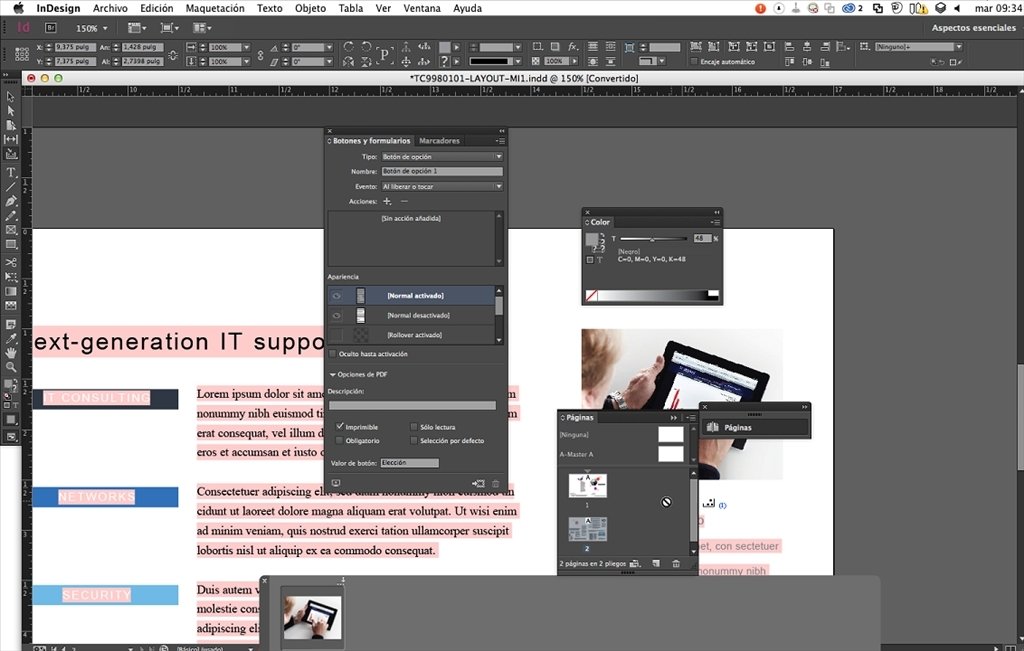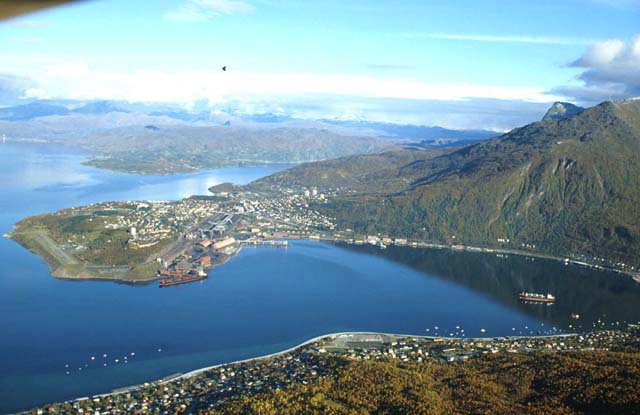
Three options to suggest, if editors need to edit documents after they’re laid out in InDesign: SUMMARY … much more time spent in layout/production… much more money spent at prepress to get usable film out of the files… and a crappy product coming off the press. And my staff and contractors tend to request a higher than normal amount of lattes and brownies to get them through the projects. (Where’s the electronic SuperGlue when you need it?)Ħ) Word has a very high “four-letter-word factor,” according to my informal statistics around my studio. It’s sometimes so-o-o-o difficult to get the text to flow where you want it to go. You can make PQ-PDFs from Word, but then again you have that built-black problem in #2 above.ĥ) Multi-column layouts are a nightmare. They charge a lot to do this and require a signed contract with language like “you get what you get from these files, and you’ll pay for the film whether or not it’s usable.” Word files are difficult to color separate, if at all, and color photos will be less than satisfactory.Įssentially, you’ll spend a lot of money to get a very inferior print run.

That’s if it can be output at all!Ĥ) I only know of about a handful of press shops around the US that will attempt to output a MS Word file to film or plates for offset printing. And EPS’s work ok, too.ģ) Word doesn’t know squat about CMYK or PANTONE spot PMS ink colors, only RGB and colors like “robin’s egg blue.” So you’ll pay a fortune at the prepress stage to get your film output correctly. Digital/toner-based presses/printers tend to do ok with text in a built black. Text in a built black (process builds of 60-70-80-90 for example rather than 100% black) is too small for offset presses to print: you’ll end up with yellow or magenta or cyan halos around the text and it will appear as if it’s out of register. Who knows! Even when you take pains to anchor graphics correctly, you get drastic reflow of graphics.Ģ) Graphics, especially TIFs and other bitmapped formats, tend to get automatically converted to RGB when imported, and then converted back out to CMYK for a “Press-Quality PDF.” That sounds ok at first glance, but when you preflight the resulting PQ-PDF you end up with built blacks for any text that was in the graphic, like 9 pt labels on pie charts. Graphics tend to “fly off” to other pages (in the words of one of my clients) because you’ll place a graphic on page 3 today but when you open up the document tomorrow, it could be on page 4 or 5 or 19.

Here’s my list:ġ) Word isn’t a page layout program, so it’s more difficult and time consuming to get graphics to “stay put” on a page, wrap text around them, and control them.

The question arose again recently on the InDesign Listserv, and one well-versed trainer/consultant, Bevi Chagnon, came up with such an eloquent answer that I needed to reprint it here (with her permission):Īs a consultant for the US Fed Govt, I have to come up with this justification every few weeks. And in a large company (or governmental body) that has Word on every machine, a manager is bound to wonder. One such question is: Why should I use Adobe InDesign instead of Microsoft Word? It’s a valid question, given that Word appears to have a wide range of layout features. A few perennial questions just keep popping up every year or so like clockwork.


 0 kommentar(er)
0 kommentar(er)
